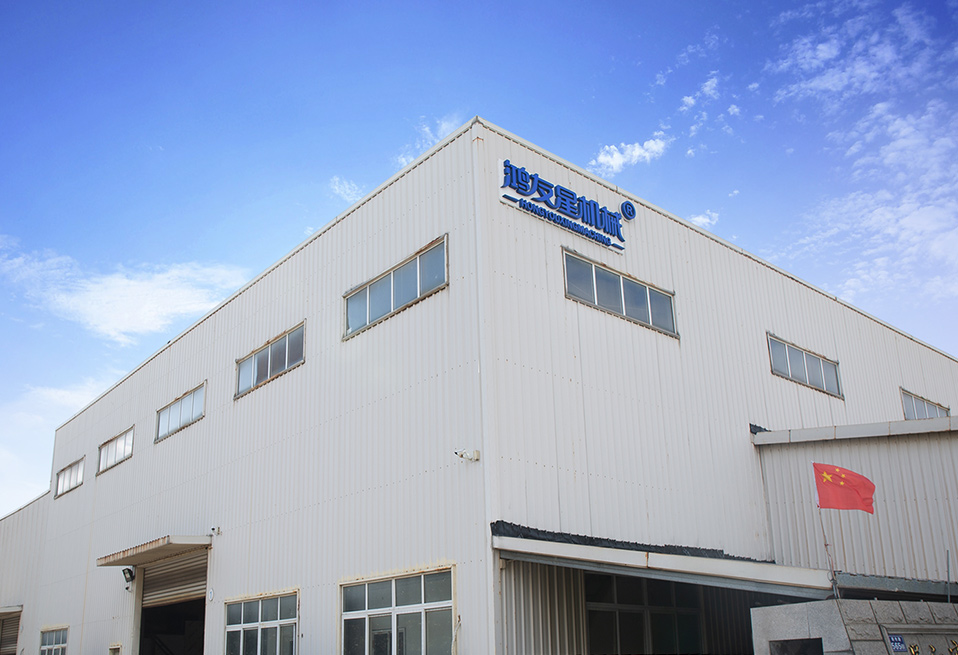Thermoforming Auxiliary Equipment
What auxiliary equipment is essential during the Thermoforming process?
In the manufacturing industry, thermoforming is an important plastic molding technology that heats plastic sheets to their softening point and then forms the desired shape on a mold. To ensure the smooth progress of the thermoforming process and the quality and precision of the final product, a series of auxiliary equipment is essential.
1. Heating equipment
Heating equipment is at the heart of the thermoforming process and is used to heat the plastic sheet to the appropriate softening point. These devices usually take the form of infrared heaters or hot air circulation ovens. The infrared heater acts directly on the plastic sheet by radiating heat to achieve rapid heating; while the hot air circulation oven uses hot air circulation to evenly heat the sheet. The choice of heating equipment depends on the type of plastic material, its thickness and the required heating speed and uniformity.
2. Mold
The mold is another key component in the thermoforming process, determining the shape and size of the final product. Molds are usually made of metal, which has high thermal stability and mechanical strength. According to the different needs of the product, the mold can be designed into various complex shapes and structures. During the thermoforming process, the mold needs to accurately fit the heated plastic sheet to ensure the accuracy and consistency of the product shape.
3. Vacuum and air pressure system
Vacuum and air pressure systems play a vital role in the thermoforming process. The main function of the vacuum system is to tightly adhere the plastic sheet to the surface of the mold through adsorption force after it softens, thereby forming the desired shape. During the vacuum thermoforming process, when the mold is closed and heated to a certain temperature, the vacuum pump starts to work and evacuates the air in the mold through the small holes or gaps in the mold, thereby forming a negative pressure inside the mold. This negative pressure allows the plastic sheet to closely adhere to the surface of the mold to form the desired shape under the action of external atmospheric pressure. The vacuum system ensures gap-free fit between the plastic sheet and the mold, avoiding the generation of bubbles and wrinkles, thus improving the quality and appearance of the product. The air pressure system plays the role of forcing the heated and softened plastic sheet to fill the mold cavity. In the pneumatic thermoforming process, when the plastic sheet is heated to the softening point, high-pressure gas is introduced into the mold. These high-pressure gases pass through the cavity of the mold and exert uniform pressure on the plastic sheet, allowing it to fill every corner of the mold. By precisely controlling the size and distribution of air pressure, it is possible to ensure that the plastic sheet is pressed evenly within the mold, thereby obtaining products with precise shapes and sizes. Vacuum and air pressure systems complement each other during the thermoforming process, each playing a unique role. The vacuum system ensures a tight fit of the plastic sheet to the mold, while the air pressure system applies pressure to fill the mold with the plastic sheet. Together, these two systems ensure a smooth thermoforming process and a high quality and precision of the final product.
4. Cooling system
The cooling system is another important part of the thermoforming process. After the plastic sheet is fitted to the mold and formed into a shape, it needs to be cooled quickly to set the shape. The cooling system usually uses water cooling or air cooling to rapidly reduce the temperature of the mold and sheet by circulating cooling medium. Cooling speed and uniformity are critical to preventing product deformation and maintaining dimensional stability.
5. Automated transmission and positioning system
Automated conveying and positioning systems are key equipment for automating the thermoforming process. These systems include conveyor belts, robotic arms and positioning devices, which can automatically transfer heated plastic sheets to the mold, perform accurate positioning and lamination, and automatically remove the product after cooling. This greatly improves production efficiency, reduces labor costs, and also reduces errors caused by human operations.
6. Inspection and quality control system
To ensure product quality and consistency, the thermoforming process also needs to be equipped with inspection and quality control systems. These systems include visual inspection systems, dimensional measuring instruments and mechanical property testing equipment, etc., which can conduct comprehensive inspection and evaluation of products. By monitoring and adjusting production parameters in real time, potential problems can be discovered and solved in time to ensure the stability and reliability of product quality.
There are many types of auxiliary equipment in the thermoforming process with different functions. They play an indispensable role in ensuring the smooth progress of the production process and the stability of product quality. With the continuous advancement of technology and the continuous expansion of applications, these auxiliary equipment will also be continuously upgraded and optimized to provide strong support for the development of the thermoforming industry.






